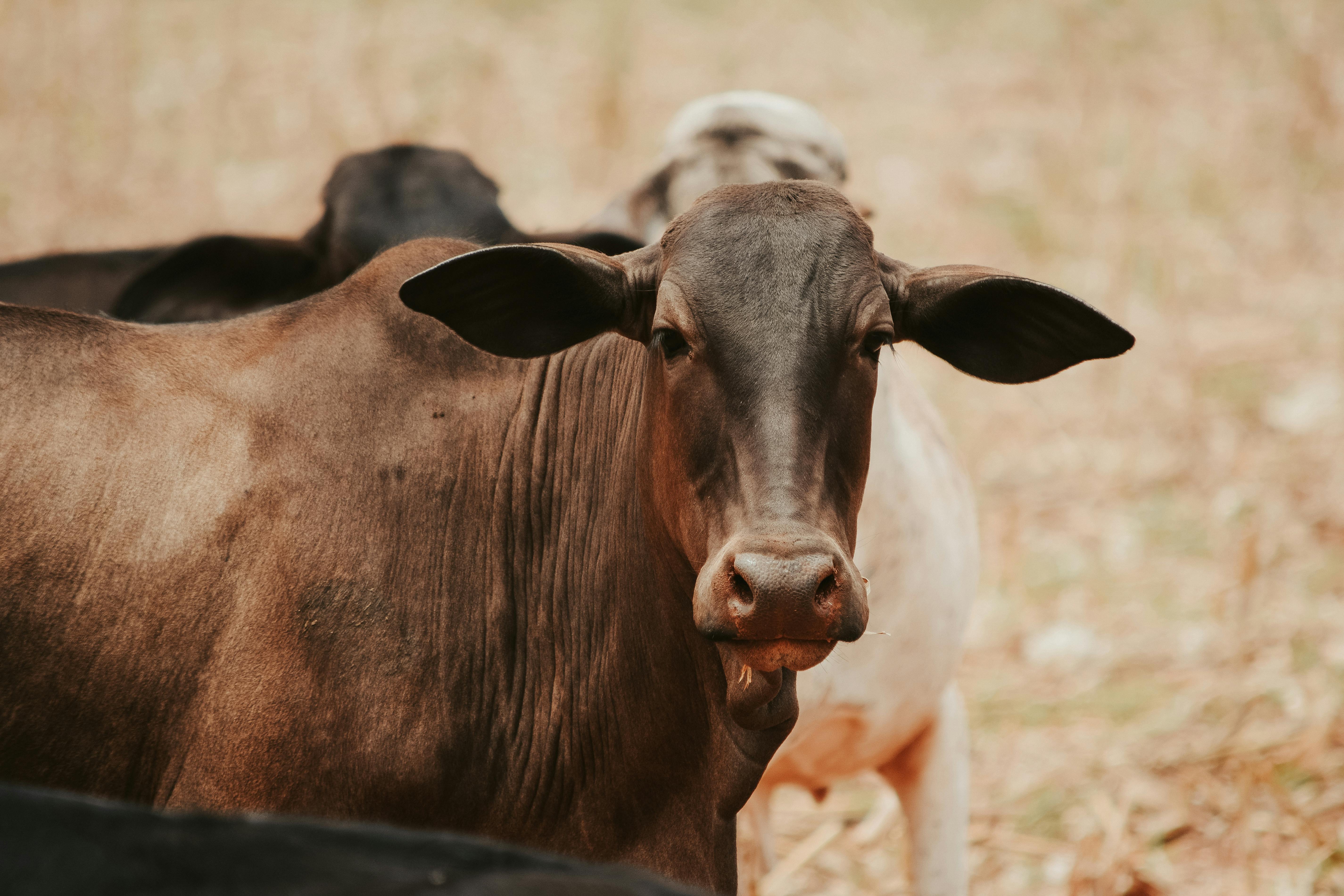Most of Hunza remains covered under the sacred blanket of snow in winter, when the curtains are removed, the sensuous mountainous outline and lush vegetation become a magnet for one and all. The indigenous population returns to live in the vibrant spring after a long freezing winter
Hunza, the land of fairy tales, where the snow-covered hills are like Aphrodite’s dance floor. Where the rivers roar with enthusiasm and rub the stones to turn them into pebbles. Where the gentle breeze murmurs to divulge the centuries-old secrets. Where the old pines still embrace the clouds with warmth and passion to balance the drops on flexible twigs. A terrain of serenity and a viewer of timeless beauty that can, for a second or two, make the viewer forget about mundane life.
Hunza, in the northernmost part of Pakistan’s northern areas, was once a princely state which, in 1974, lost its royal status to join the Pakistani government.
In the south, the Gilgit agency borders it, while to the east, the former princely state of Nagar borders its margins. The Hunza Valley also enjoys the neighborhood of China to the North and Afghanistan to the Northwest. The celebrated city of Baltit, which, you know, is known as Karimabad is its capital.
Hunza was an independent princely state for 900 years ruled by “Mirs” until 1974. It remained a subordinate of Kashmir during Maharaja Ranbir Singh’s regime, while the Mirs of Hunza used to send an annual tribute, as a token of their loyalty. , to the Raja’s court since 1947.
Geographically, gigantic mountains that have spread over an area of 110 kilometers surround the valley. The terrain is full of variety with diversity in the heights of the peaks from 1500 meters to 8000 meters, the world famous Rakaposhi Peak (7788m) is one of them which against the calm blue sky shines the brightest and creates an illusion for captivate the eye to a level where time seems to stop forever.
The heights of Rakaposhi (7788 m) and Ultar (77388 m) are the backdrop for this paradisiacal valley where the glacial water of Ultar is known for some therapeutic characteristics that, under favorable circumstances, have provided the aboriginal population with a long life and a very low rate of heart disease. Researchers reflect on the natural composition of this glacial water to unlock the secret that leads to longer life.
The valley is naturally blessed with lush green orchards (mainly apricot), streams full of dancing waters, roaring rivers, and meadows that stretch in stillness like the heavens at a height that is a unique feature of the northern areas of Pakistan. The juniper, the pine and the Dev Dar are the trees that, in the rings of their trunk, have recorded the cycles of rain and snowfall for many centuries.
The blue of the sky, the emerald of the flora and the turquoise of the water add to the palette that nature has used to paint this landscape full of mountains, trees and flowers with a divine composition of colors and the brightness of the rising sun, adored for the whiteness of snow that, on some peaks, has never melted for billions of years.
The northern areas of Pakistan are divided into five districts for administrative purposes where the chief secretary who is controlled by the federal government of Islamabad rules.
This soil has seen the invasions of the Aryans on horseback to the powerful Greeks, the Persians and Afghans to the Muslims, and that is why the loam of this area has absorbed the aroma of different civilizations and the culture of various neighboring nations.
The first century AD C. marks this area as the commercial center as Kashgar, while from the 4th to 11th century AD. C., it was a center of Buddhist culture under the Sogdian dynasty, later; Kushans, Hindus, Shahis and later Muslims influenced this part of the world.
Hunza, being a remote area, has a mythical position in world tourism. This area was opened to the whole world in 1970 after the completion of the historic Korakoram Highway (KKH), designed on the remains of the ancient silk road from Pakistan to China.
The Hunza people are believed to be descendants of soldiers in Alexander’s army, although the indigenous Burushaski language remains enigmatic as no traces or links have been found regarding this language with any other known language of the world.
For the most part, the local population is dedicated to the cultivation of apricots, a trademark of this valley. You can find the roofs of almost every house in orange due to the drying of these apricots, which is a common practice here. While if you’re obsessed with capturing these shades of orange, beware! Most of the time, it is women who indulge in the business of drying apricots and they do not like to be exposed in front of any type of lens.
Baltit Fort in Karimabad is a place of utmost joy, where standing on its terrace, you may find it breathtaking to look at the surrounding mountains, but just at the foot of the fort, the beautiful little houses of the Karimabad city capture your eye, a natural and picturesque sight.
Spring is the season of joy, delight and the expression of euphoria. Birds sing, plants adorn themselves with new leaves and flowers, and ultimately all of this attracts all living things. The face of the earth, especially in fertile areas, changes dramatically as if someone has painted an endless canvas in lush colors. The hills being invaded by natural forests on a larger scale put on a spectacle of incomparable flora with unlimited shapes and shades.
Most of Hunza remains covered under the sacred blanket of snow in winter, when the curtains are removed, the sensuous mountainous outline and lush vegetation become a magnet for one and all. The indigenous population returns to live in the vibrant spring season after a long icy winter when temperatures on a negative scale nullify life.
As the Hunza Valley has seen many diverse cultures and civilizations over the centuries, from Persian Kings to Alexander the Great, Kushans to Hindus, and Buddhists to Muslims. The richness of the Hunza culture is quite obvious, its folk music, dance, rituals, and food being touched by various influences. Although the majority of the population is now Ismaili-Muslim, Hunza’s rich culture revealed a varied and unique taste through traditional dress, jewelry, cuisine, rituals, and handicrafts.
Spring begins in Hunza in April with pleasant weather and the roads open up after the snowy winters. But even then, the best time is May and June as the Hunza Festival is also held at that time.
The beginning of spring in this amazing valley put on display the variety of colorful and sparkling panoramas where one could feel the magic and delight of natural beauty.
“All those things are beautiful, the perception of which pleases,” said Shakespeare.




